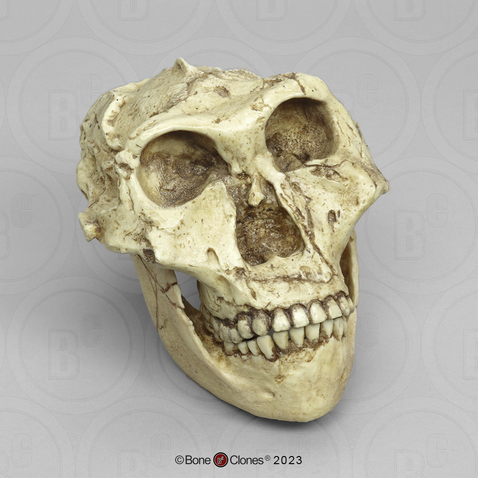Discovery of a Human Skull in Alberta Sparks Investigation

Introduction
The recent discovery of a human skull in Alberta has raised questions about its origins and potential connection to missing persons cases. This finding underscores the ongoing challenges faced by law enforcement in identifying human remains and solving cold cases. With a growing focus on forensic anthropology, such discoveries highlight the importance of understanding human remains within a broader context of crime and archaeology.
Details of the Discovery
The human skull was found by a local hiker on October 12, 2023, in a remote area of Kananaskis Country, a popular destination for outdoor enthusiasts. After noticing the skull among rocks, the hiker immediately contacted local authorities. The Royal Canadian Mounted Police (RCMP) were dispatched to the site, launching an official investigation into the remains.
According to police reports, the skull appears to be several years old, with signs that indicate it may have been exposed to the elements for an extended period. Forensic experts have been called to assist in determining the age and possible identity of the individual. Initial examinations suggest that the skull might belong to an adult, though gender identification remains inconclusive at this stage. Investigators are also looking into whether a crime was committed surrounding the circumstances of how the skull came to be in that location.
Ongoing Investigation and Community Response
As the investigation unfolds, the RCMP has reached out to local communities for information that could assist in the identification process. They have encouraged anyone with knowledge of missing persons cases in the region to come forward. The successful identification of the skull could provide closure for families who have been searching for answers about their loved ones.
Community members have expressed a mix of shock and concern over the discovery. Local news outlets have received numerous inquiries from residents worried about safety and the potential implications of the finding. Many are eagerly awaiting updates from law enforcement officials as the investigation progresses.
Conclusion
The discovery of a human skull in Alberta serves as a reminder of the ongoing issues surrounding missing persons and unidentified remains. It raises critical questions about the circumstances surrounding the individual’s death, and the RCMP’s ongoing investigation aims to shed light on these mysteries. As forensic teams work diligently to analyze the evidence, the significance of this event stretches beyond the immediate community, potentially contributing to broader discussions about crime, forensic science, and public safety in Canada.









